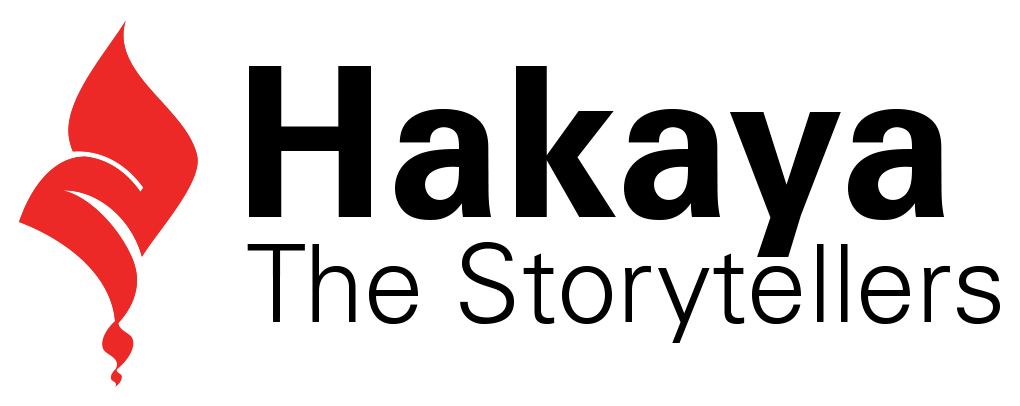The Pangea Network
/In 2017, we started our work in Africa. Hakaya Productions travelled with The Pangea Network, a non-profit based out of Houston, to capture on the ground footage of their work in Kenya. Pangea’s mission is to empower communities through education and revolving funds. Hakaya interviewed dozens of women and youth across Kenya. We traveled with the local Kenyan team from Nairobi to Kisumu and back. We had first-hand access to remote villages and the heart of Africa’s largest informal settlement (slum) Kibera or now known as Kibra.
This life-changing experience made us appreciate the power of video in sharing the facts on the ground. Hakaya captured behind the scenes footage of Pangea at work, Kenyan landscape and daily life in the slums of Nairobi.













